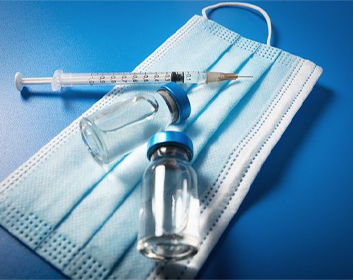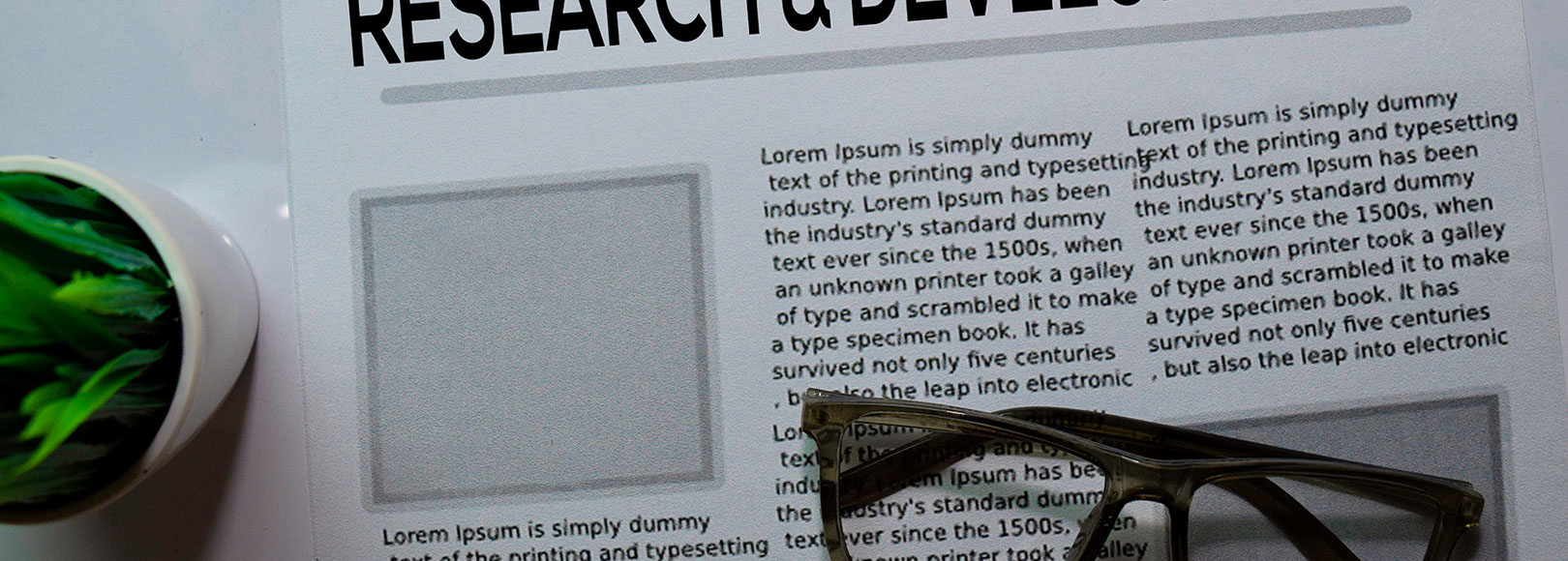Is mRNA the Future of Drug Development?

Before the Pfizer-BioNTech COVID-19
vaccine authorization, there were no mRNA therapies approved anywhere in the
world. The idea of using messenger RNA as a way to get your body to be the drug
manufacturer has been around for some time, but only in recent years has it
become practical. And it was the COVID-19 pandemic that provided the
opportunity for the technology to push ahead with COVID-19 vaccines from
Pfizer-BioNTech and Moderna.
Complementary to one of the DNA
strands of a gene, mRNA is a single-stranded RNA molecule. The mRNA’s job is to
deliver that code to ribosomes, which is the part of the cell that produces
proteins. In the case of mRNA therapeutics, a synthetic mRNA is designed that
codes for a specific protein. It is encapsulated in a minuscule bit of fat
called a nanolipid particle. When injected, the cellular machinery takes up the
mRNA and produces the protein it codes for. In the case of the COVID-19
vaccines, the mRNA codes for a piece of the SARS-CoV-2 virus’s spike protein,
which the virus uses to enter human cells.
In short, mRNA therapies and
vaccines are a way of turning the body into its own drug manufacturer. Even
before the COVID-19 pandemic, Moderna was focused largely on infectious
diseases and vaccines, with programs for influenza A, Chikungunya virus, Zika
virus, Cytomegalovirus, human metapneumovirus (HMPV), parainfluenza virus
(PIV3), and others. Many in the field felt that vaccines were “low-hanging
fruit,” easier to work towards, even if vaccines are not a hugely lucrative business
overall. But both Moderna and BioNTech had their eyes set on trickier uses for
mRNA therapies—cancer, for example.
Derek Thompson, with The Atlantic,
recently interviewed the husband-and-wife team that co-founded Germany’s
BioNTech, Dr. Ugur Sahin and Dr. Ozlem Tureci. On October 1, the company
announced that it had treated the first colorectal cancer patients in a Phase
II trial. It is testing its individualized mRNA cancer vaccine BNT122 (autogene
cevumeran). The study is being run in the U.S., Germany, Spain, and Belgium and
expects to enroll about 200 patients.
The trial will evaluate the
effectiveness and safety of the vaccine in colorectal patients after they had
surgery for their tumor and completed adjuvant chemotherapy. The current
standard of care in that situation is “watchful waiting.” The study will
evaluate the drug in that context compared to the watchful-waiting cohort.
Autogene cevumeran is an
individualized neoantigen specific immunotherapy (iNeST). It contains
unmodified, pharmacologically optimized mRNA encoding up to 20 patient-specific
neoantigens, which are cancer proteins different from those produced by healthy
cells but are recognized by the immune system. The mRNA is enclosed in the
company’s proprietary intravenous RNA lipoplex delivery formulation.
Moderna, for its part, on its 2021
R&D Day on September 9, provided an overview of its mRNA portfolio. It
included a number of vaccines for infectious diseases, but also a Phase II
trial of a personalized cancer vaccine (mRNA-4157) in combination with Merck’s
checkpoint inhibitor Keytruda (pembrolizumab) for adjuvant treatment of
high-risk resected melanoma; a Phase IIa study of AZD8601 VEGF-A for ischemic
heart disease patients undergoing coronary artery bypass grafting surgery, which
AstraZeneca is leading; and its rare-disease program, which includes enrollment
in the first cohort in the Phase I/II Paramount study in Propionic Acidemia
(mRNA-3927).
At the event, Stephane Bancel,
Moderna’s chief executive officer, stated, “I am proud of the progress that the
Moderna team has made in advancing our best-in-class mRNA pipeline while
addressing the global COVID-19 pandemic. We believe our mRNA platform can solve
the world’s greatest health challenges, from diseases impacting millions to
ultra-rare diseases impacting dozens, to medicines personalized down to the
individual level.”
When it came to the COVID-19
vaccines, Moderna reportedly designed their vaccine within 48 hours of
receiving the viral genome and Sahin said, “Actually, we (BioNTech) did it in
less than 48 hours! In 24 hours, we generated the genetic sequence of the first
eight vaccine candidates.”
Thompson asked Sahin and Tureci why
mRNA worked out so well against COVID-19. Sahin noted, “I think it may be the
mother of all questions. Before corona, there was Ebola, and a different
vaccine technology that was viral-vector-based was sufficient. Ebola was
low-hanging fruit for viral-vector-vaccine technology. The coronavirus is a
very different virus. It has these spike proteins that bind very strongly to
the receptors [of our cells]. It turned out that mRNA vaccines were
particularly excellent for boosting the immune system’s response. So maybe the
coronavirus was lower-hanging fruit for mRNA technology.”
In terms of cancer, Tureci says
BioNTech has two types of mRNA vaccines for cancer. “First, we have our
off-the-shelf vaccines, where we’ve identified molecular features of tumors
that are shared by many patients. These are molecules that are broadly present
in cancer cells but not in normal cells. By targeting these molecules, you can
fight the cancer without getting collateral damage to healthy cells.”
She went on to say, “Second, we
have highly personalized vaccines. We identify cancer mutations that are unique
to every patient. Every cancer patient has their own mutations, like a
fingerprint. We biopsy the tumor, sequence it, and design a unique,
individualized vaccine for each patient.”
Sahin and Tureci are optimistic
about the future of mRNA vaccines for cancer, but Sahin notes they’ve just
moved to Phase II trials where they will have to prove “that our therapy beats
the standard of care the patient would otherwise get. It would only be
scientifically sound to gauge the vaccines after this head-to-head comparison.
We think we can make major advances in the next five years, but it really
depends on what these Phase II studies show us.”
Meanwhile, mRNA technology has been successfully dosed in more than a billion people around the world and is the pathway to ending the COVID-19 pandemic.
출처: Biospace

